Rainbow Colour Mixing Lab
One of the biggest challenges most of us face with doing hands-on activities with our kids, like science experiments, is trying to find activities that are appropriate for all of the children. This Rainbow Colour Mixing Lab is perfect for mixed age groups – it’s a versatile colour mixing activity with so many different components that can be glossed over or emphasized, depending on your group!
For toddlers and preschoolers, the practical life and colour mixing aspects of this activity are more than enough to challenge and interest them. What colour will red and yellow make? Can your pour from the beaker into the eyedropper bottle? Can you use an eye dropper?
For older children, the measuring and counting aspects can come more into play. This is also a great opportunity to emphasize the scientific method and preparing for science experiments.
I provided safety gear so the kids could practice putting them on and using them so that when those safety measures become necessary, they are used to them and know how to use them properly. (We used art smocks and safety googles – I would love to find small non-latex gloves for the older kids to practice using.)
For the older kids, we discussed the steps of the scientific method before we got started and formed our “question” and “hypothesis” for the basis of our experiment:
Question: Are secondary colours composed of equal portions of their primary components?
Research: We drew on the children’s previous experience with colour mixing to form our research, in the form of making frosting and homemade play dough.
Hypothesis: We predicted that red would be more powerful than yellow and blue.
The other components of the scientific method are: Experiment/Observation, Analysis, Conclusion.
How to Set Up a Colour Mixing Lab Experiment
We used a pre-made activity set from Montessori by Mom for this science experiment. The materials we used were:
- Safety goggles
- Eye droppers with bottles
- Beakers
- Funnel
- Test tubes
- Test tube rack
- Color swatch cards (meant to sub in for Montessori Color Tablets)
The kit came with colour tablets, but we went with food dye instead. The quality of the materials was really good, except the test tube stoppers didn’t fit in our test tubes and the tube holes on the rack were a bit rough.
PS – I reached out to Montessori by Mom and if you use my affiliate link with the code AFF1929 with a subscription purchase, you can get $10 off! We have this kit and the Space kit which I am really happy with.
We used 2 drops of food colouring for each 50 mL of water in the beakers. The children thought it was really interesting that the beakers all looked like they contained different amounts of water, but we knew by measuring that they all contained the same amount.
We then transferred the liquid from the beakers into the eye dropper bottles using a funnel.
The older kids then looked at the test tubes and determined what the division of liquids would be.
The test tubes could fit 15 “units” of liquid so the kids decided we would add 7 “units” of each colour to achieve our secondary colours.
First, we made our “control tubes” with purely primary colours. The toddlers were encouraged to do this part as it had more room for error.
When it came to the tubes for the secondary colours, the toddlers took turns adding the first few drops, and then the older kids took on the more precise task of adding just enough drops to ensure that there was equally 7 units of each colour.
We then used our colour swatch cards to determine if our secondary colours were perfectly balanced or if they appeared to have been more affected by one primary colour than another.
We were really surprised to see that red wasn’t overpowering the other primary colours! (Analysis)
We continued with this experiment – making each secondary colour – and concluded that secondary colours are composed of equal parts primary colours.
For the toddlers, learning about how to mix primary colours to make secondary colours was very exciting. They also focused really well on their fine motor skills – pouring liquids and using eye droppers.
A great follow-up experiment for the older kids would be to experiment with creating “gradients” of colour, or tertiary colours.
In one week, we’ve already done this experiment twice! Repeating activities and replicating results is great for learning and is good scientific practice! The toddlers are near experts on how to make secondary colours, while the older kids are doing great at remembering the order of the scientific method and have been deepening their questions and observations.
Would your kids enjoy this colour mixing lab experiment?
Check out these other awesome Rainbow-inspired activities for elementary-aged kids from my fellow kids’ activity bloggers:
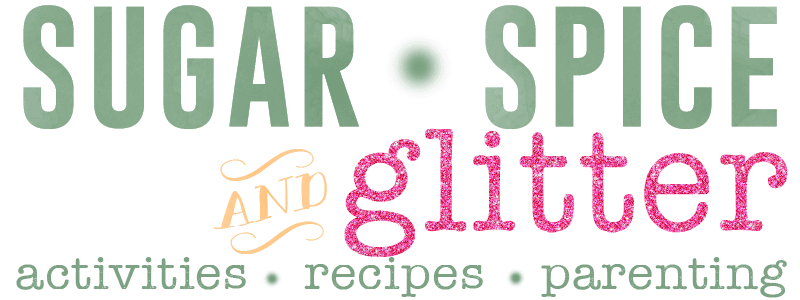
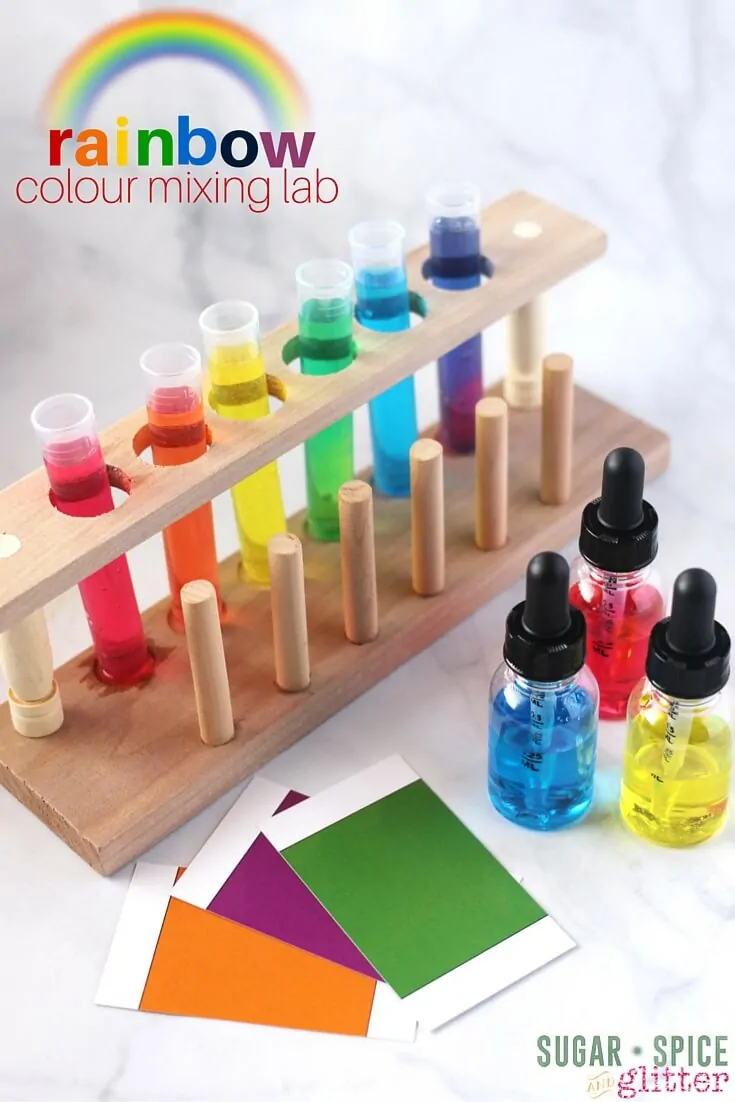
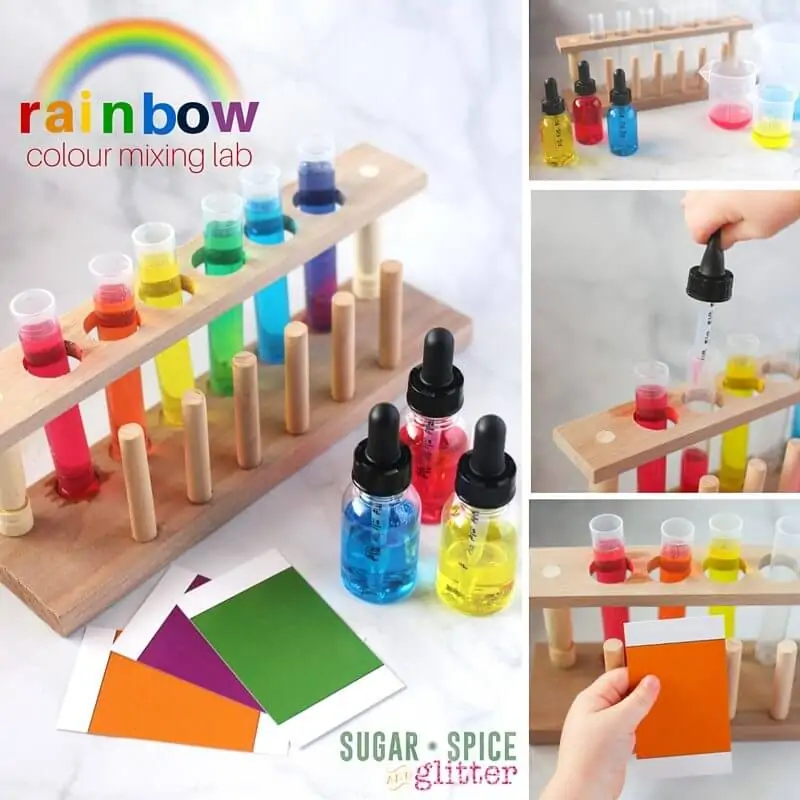
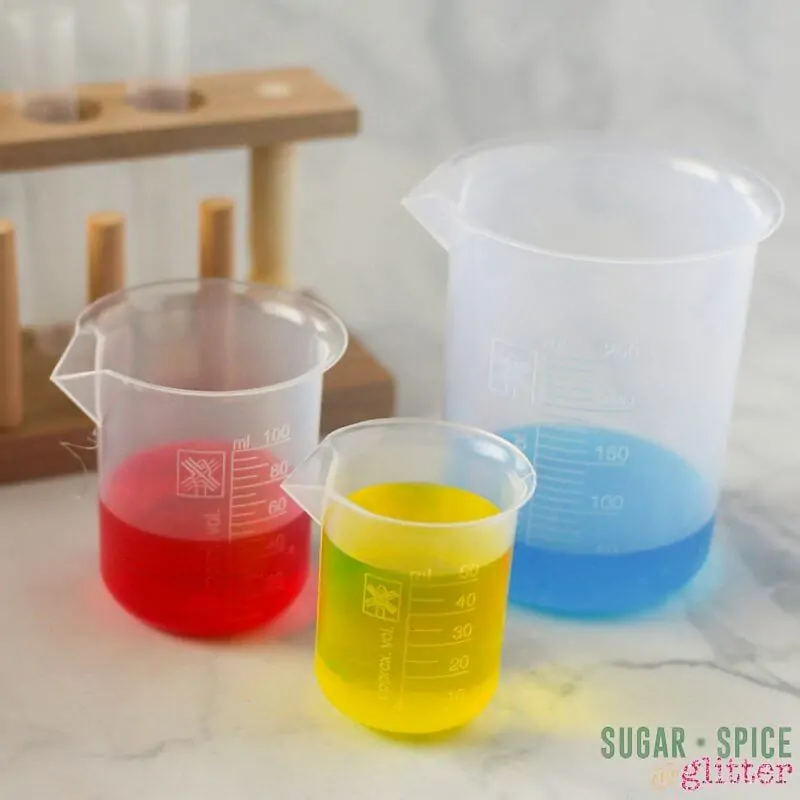
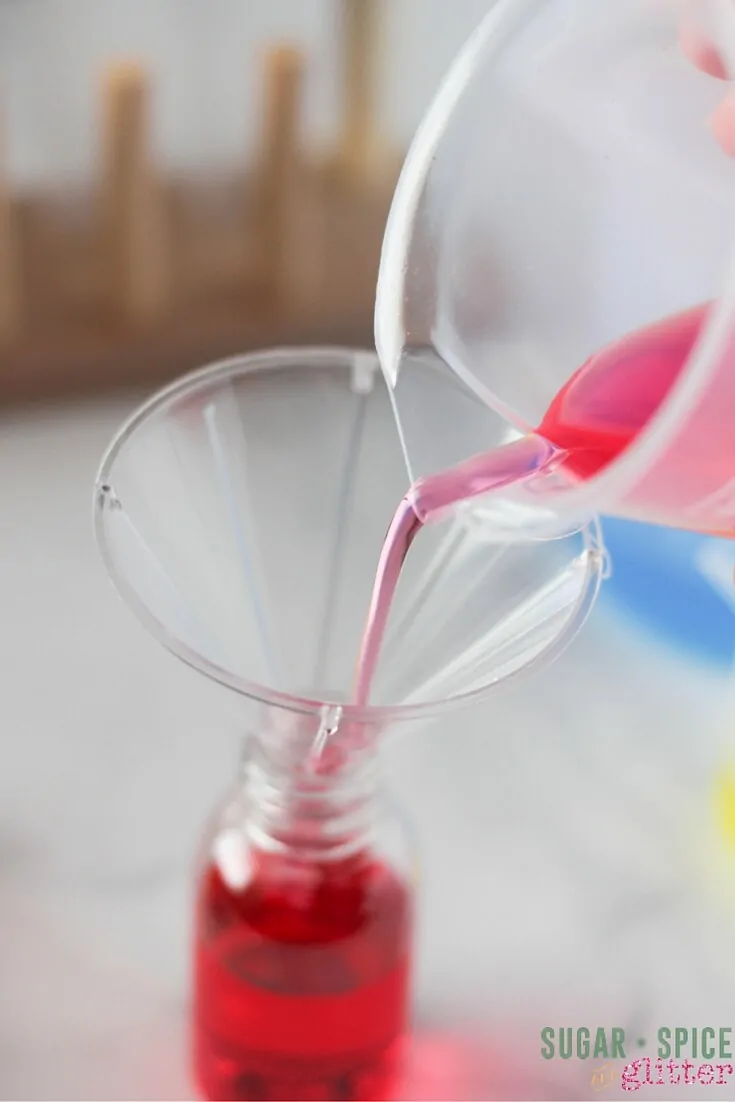
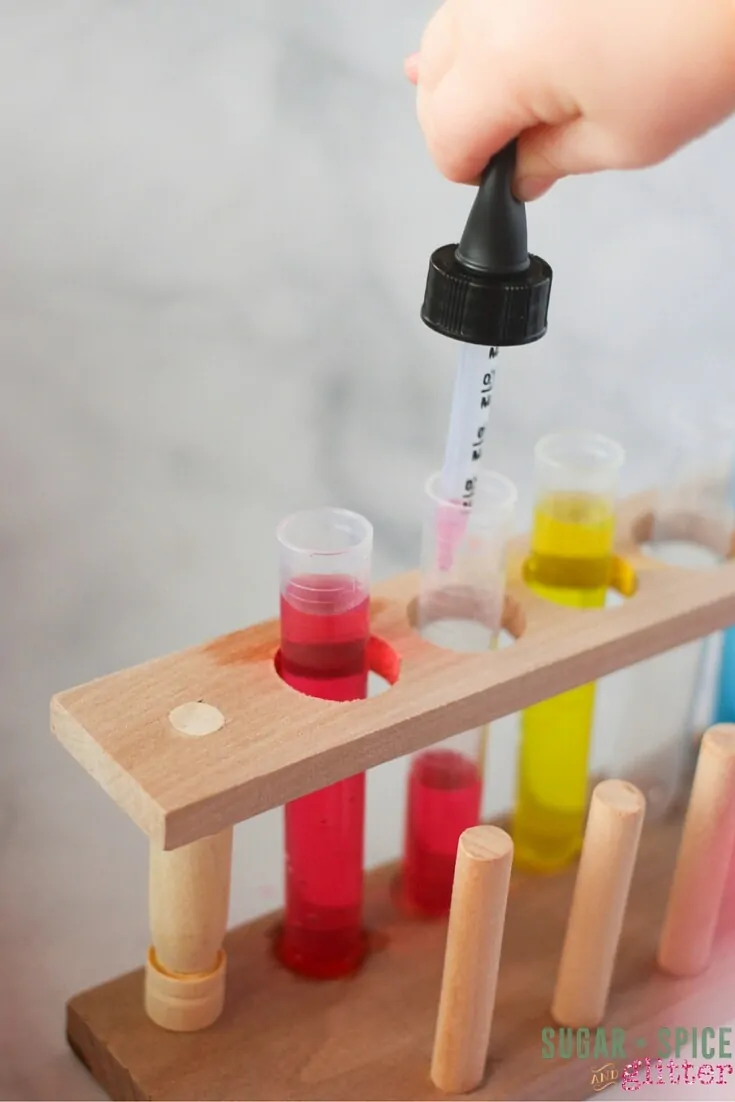
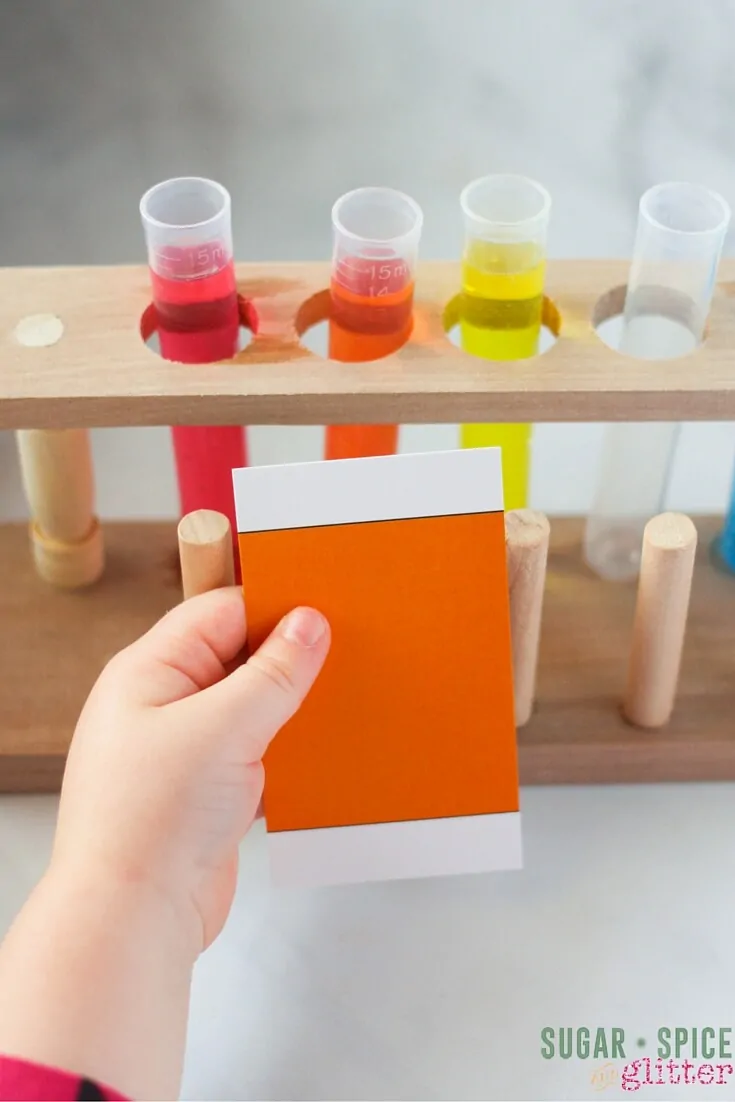
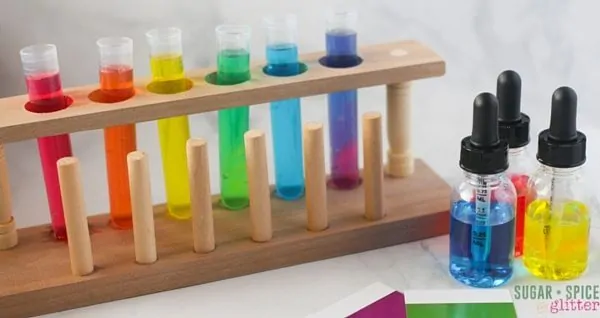
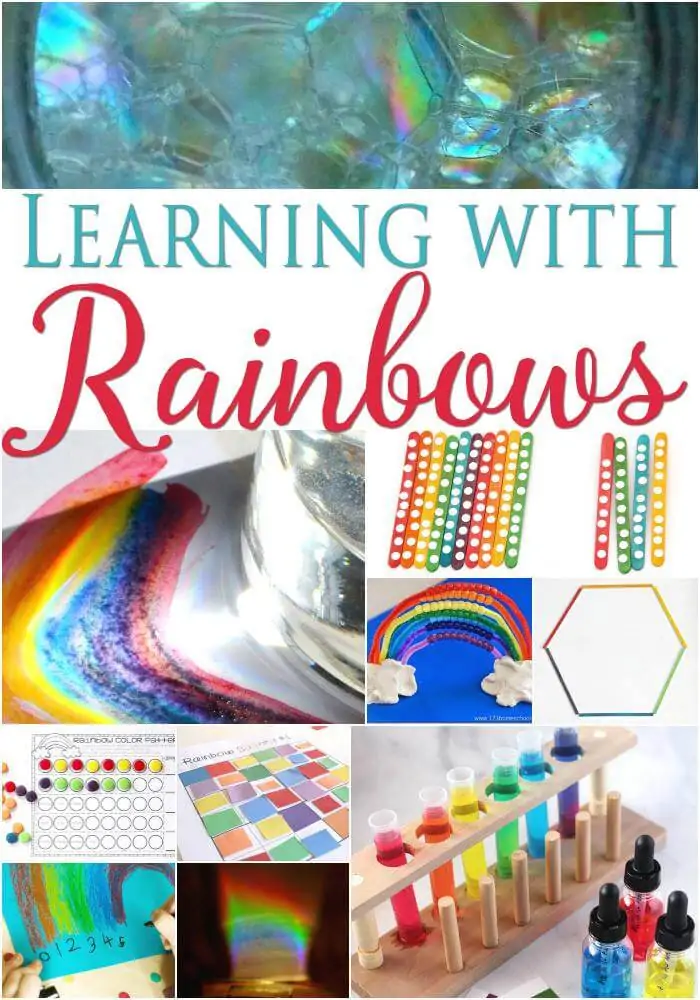
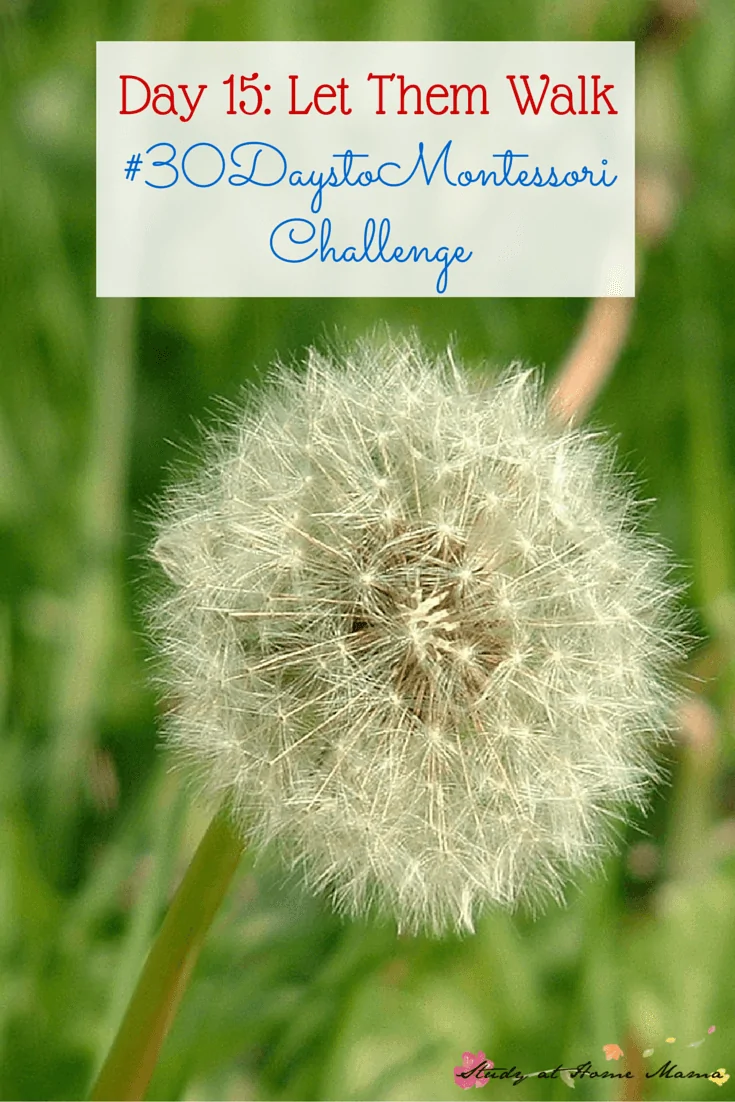
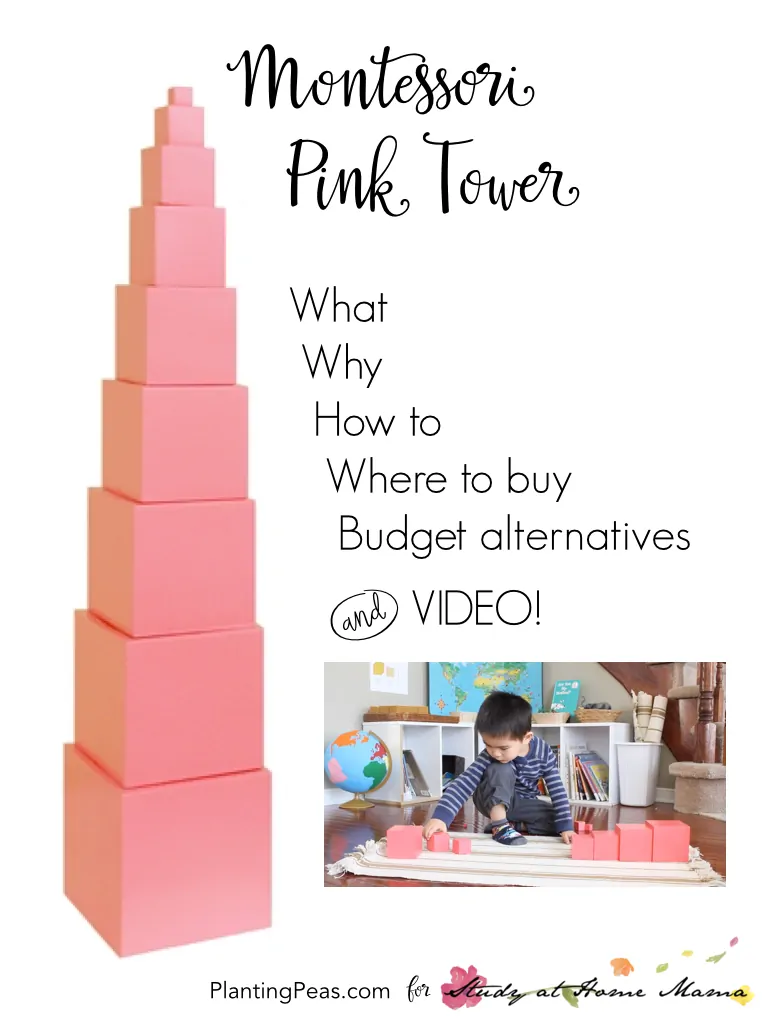
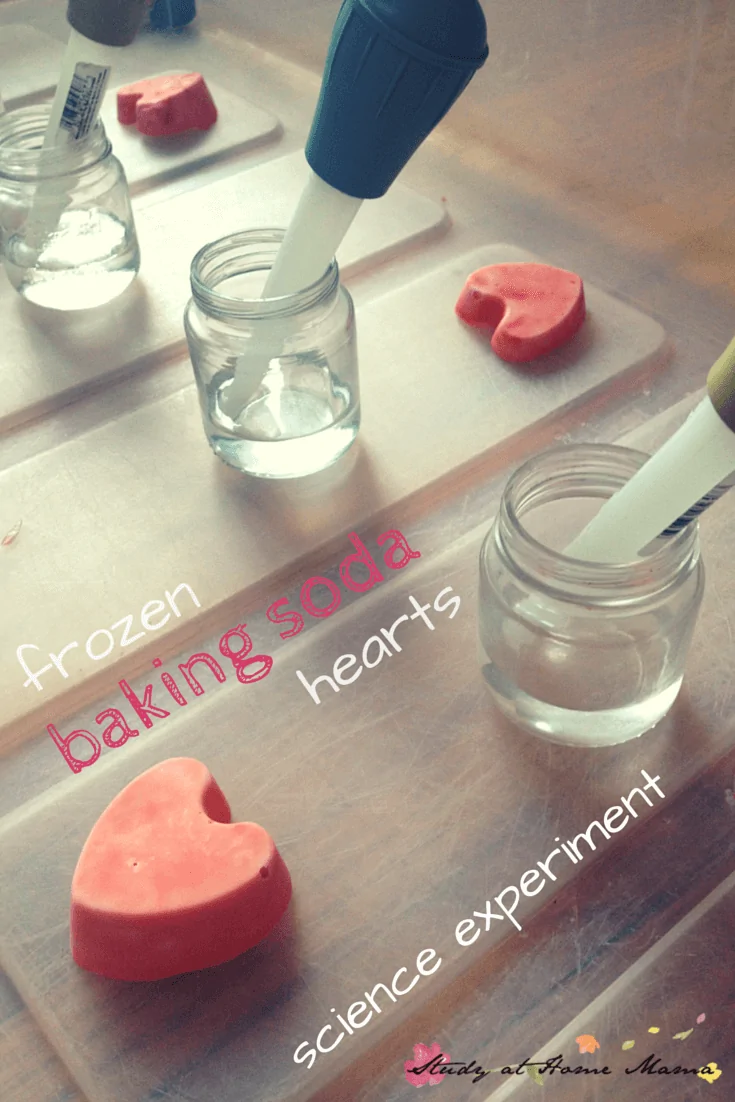
I really liked this idea, but I have to say that your site is near impossible to read. The shares bar in the left, the huge video on the top right, the ad bar at the bottom, then if the top navigation bar comes up at the top. There’s about a stamp sized square to attempt to read in that’s visible. It’s beyond frustrating.